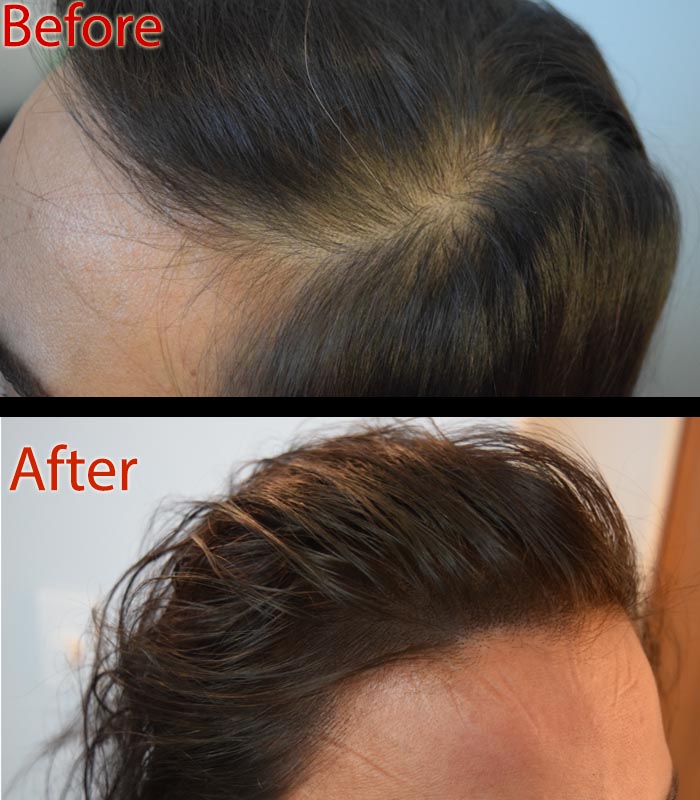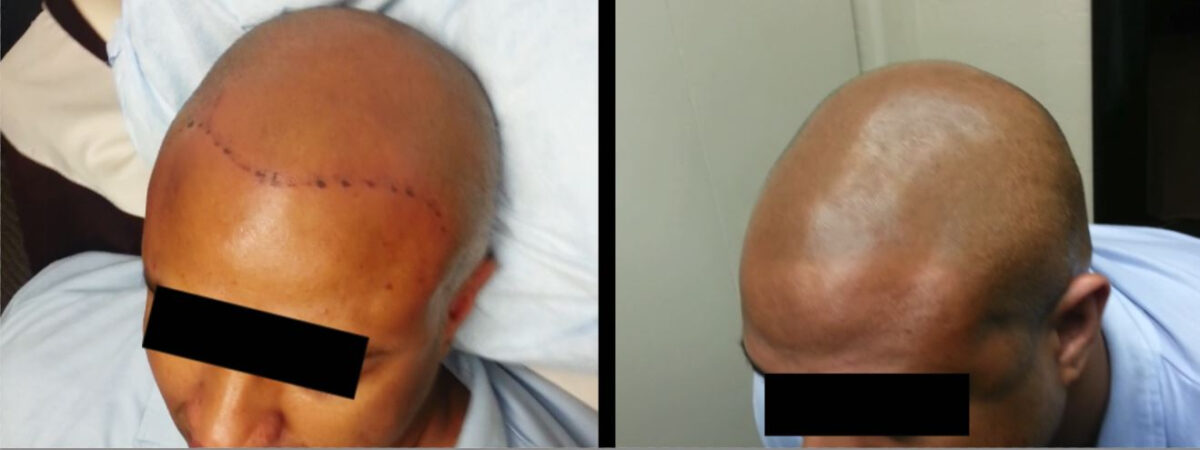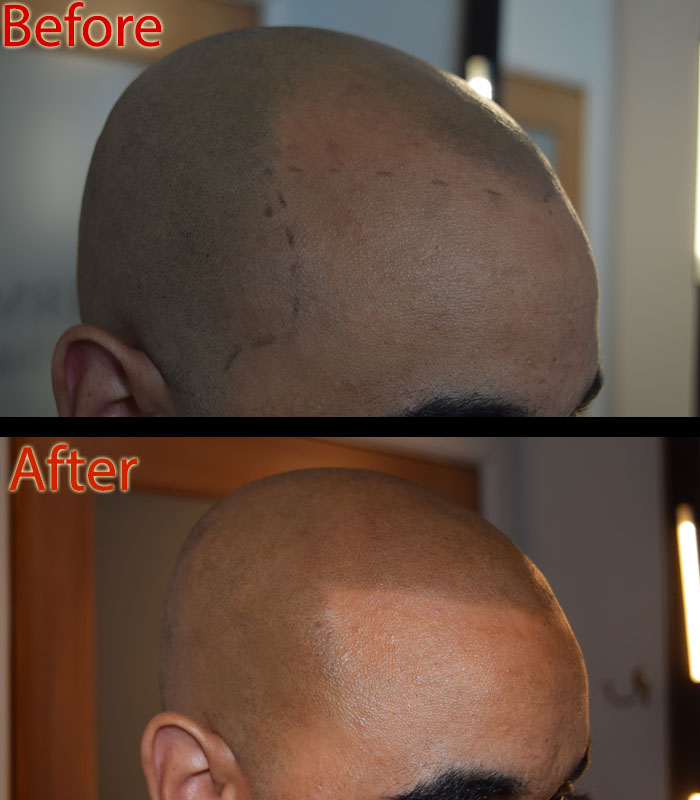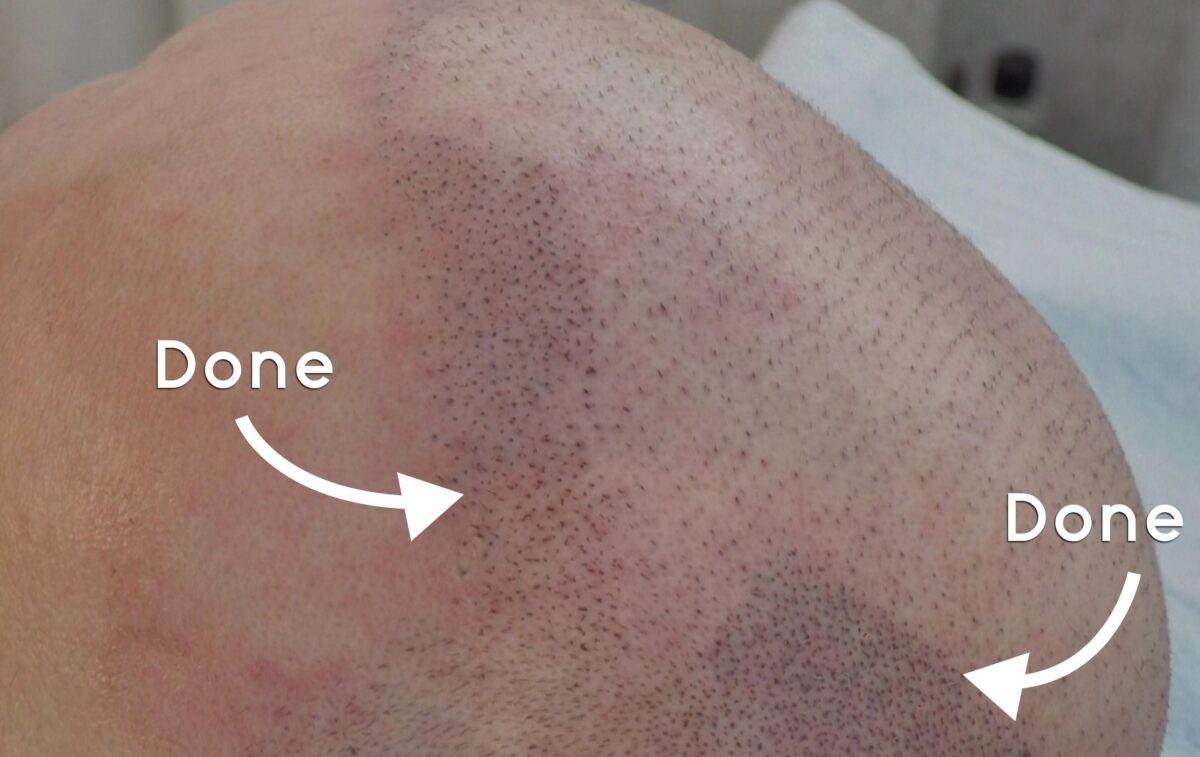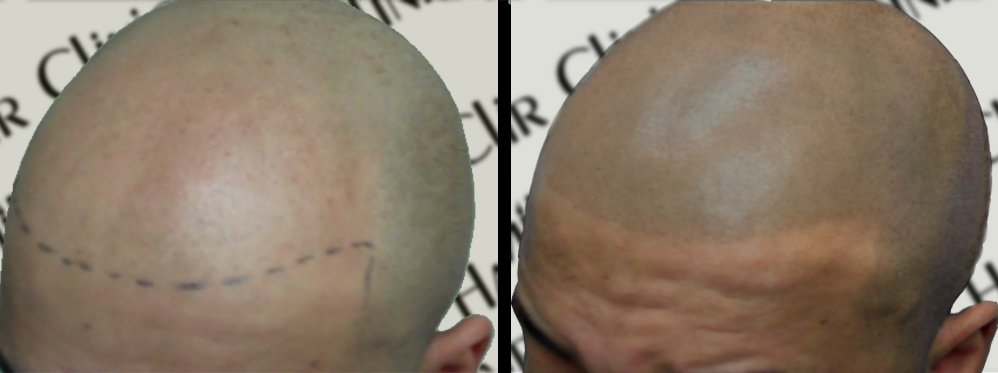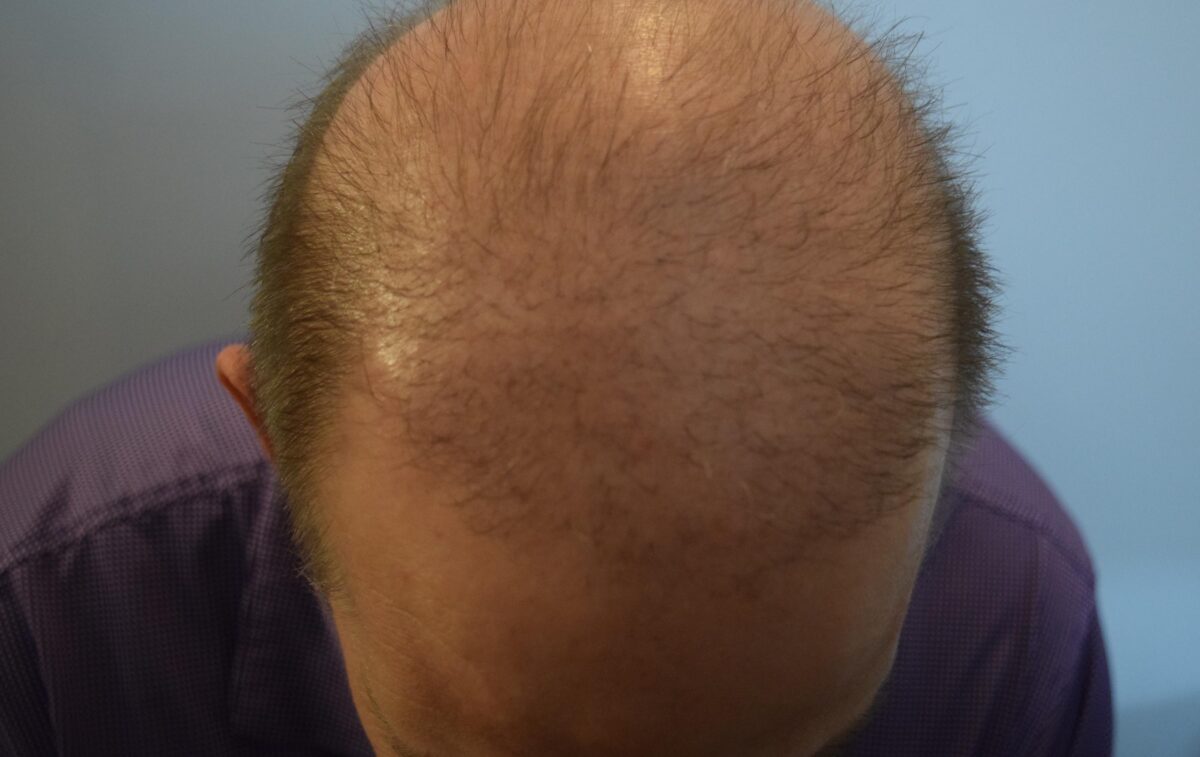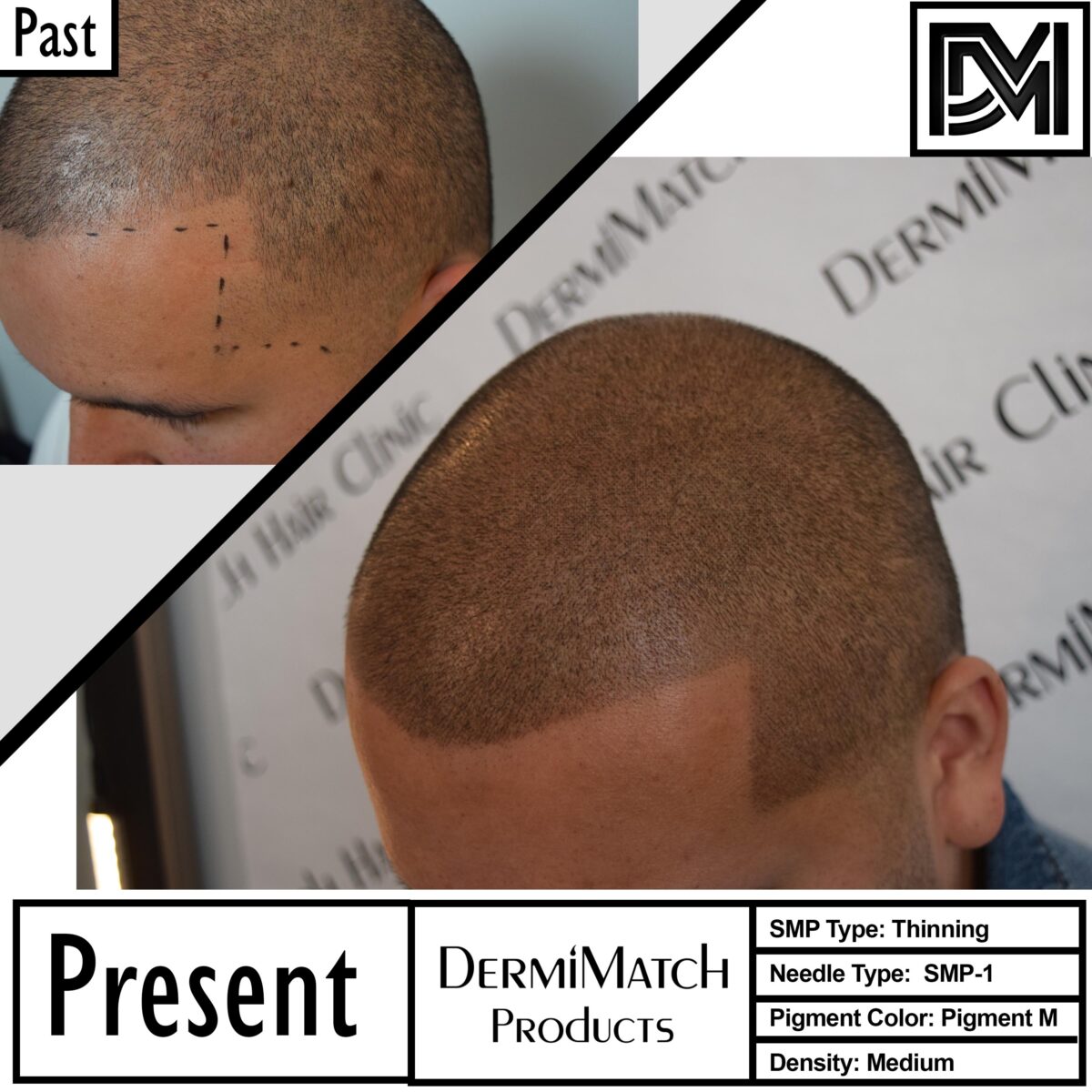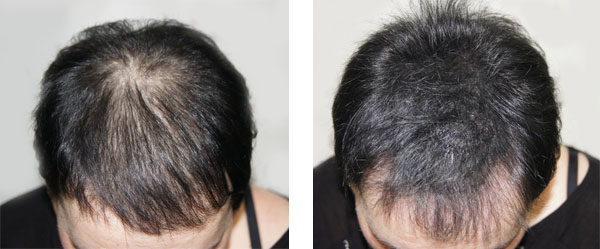Chronic pain and inflammation is a common symptom for people suffering from RA. But little do you know that rheumatoid arthritis and hair loss are also connected. Why does RA cause hair loss? Well, for anyone suffering from RA, their immune system starts to attack tissues in the skin, including follicles. As a result, hair loss starts.
Rheumatoid Arthritis and Hair Loss Causes
Rheumatoid arthritis can trigger hair shedding to a great extent. RA patients are more likely to experience thinning hair or baldness. In fact, hair loss also occurs on the eyebrows and even eyelashes. RA results in inflammation of the scalp. As a result, the body starts its response attack. In doing so, the immune system even attacks healthy cells. In some cases, the RA medication is harsh and might exacerbate hair loss further.
How do I stop autoimmune hair loss?
If you are looking for medical treatment, there are a few options for alopecia areata. The doctor may prescribe Corticosteroid injections or drugs to combat the symptoms. The shots are often given to the scalp. There are corticosteroid topical treatments available too in the form of a cream, ointment, or foam.
Is autoimmune hair loss permanent?
For some RA patients, hair loss continues throughout their lives. Some might experience one episode of hair loss. But the unfortunate part is that recovery is unpredictable. Hair regrowth may or may not occur. While hair loss from autoimmune disorders does not have a permanent cure, there are ways to cover the scalp problems that are associated with rheumatoid arthritis and hair loss.
How do you treat autoimmune hair loss without drugs?
There are a few natural hair growth remedies that you may try for hair loss caused by rheumatoid arthritis.
- Massage
- Dietary intervention
- Healthy lifestyle
- Stress-free living
- Disease management
While nature has a cure for everything, natural remedies do not show their results overnight. Sadly, there is no one-stop solution to hair loss. While a natural remedy could work for one person with RA, it might not be as effective for another. There are several factors that play their part here.
What’s the right way to combat the problem of rheumatoid arthritis and hair loss?
Unless you are ready to wait for months or a year for hair growth treatment to work, you may not have the confidence to make a public appearance with your scalp problems. Hair loss can ruin your personality, especially if you are more focused on looks.
Luckily, scalp micropigmentation offers you a way out of this dilemma. The non-invasive treatment mimics hair follicles and restores the look of a full head of hair. SMP is done to camouflage any type of baldness or hair loss. It is highly effective for receding hairline or thinning hair. When the scalp artist is aware of your concern about rheumatoid arthritis and hair loss, they can target areas of the scalp with extreme condition damage, such as patchy hair loss. It is undoubtedly one of the best ways to help you reclaim your previous looks.
Trust only the SMP experts in Phoenix when it comes to getting a hair tattoo. DermiMatch Clinic has a team of SMP professionals who offer quick and precise results for clients with hair loss caused by rheumatoid arthritis and other conditions. Their goal is to bring confidence back into the lives of their customers. Connect with the top Phoenix SMP technicians today on DermiMatch Clinic website.


